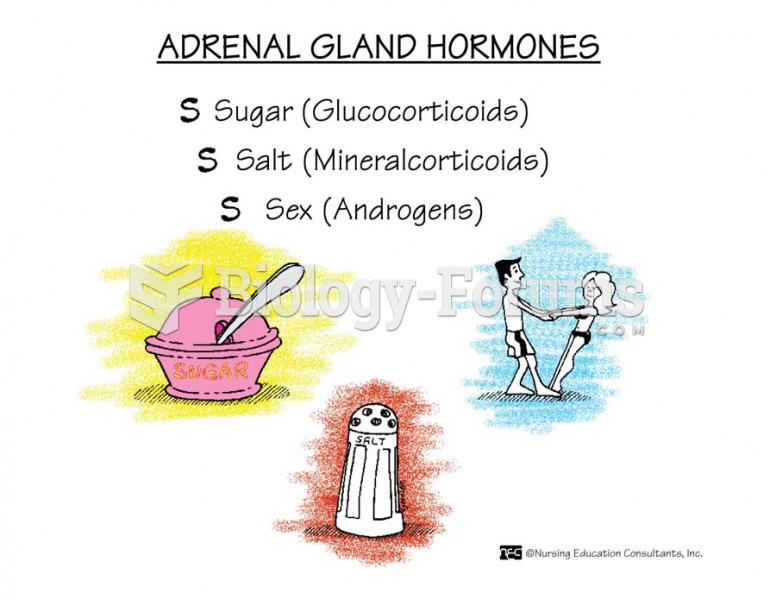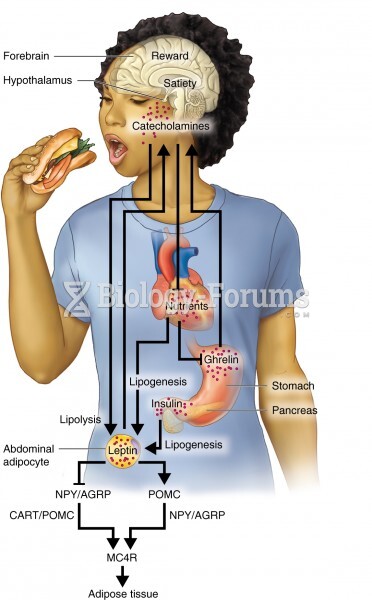|
|
|
The word drug comes from the Dutch word droog (meaning "dry"). For centuries, most drugs came from dried plants, hence the name.
It is believed that the Incas used anesthesia. Evidence supports the theory that shamans chewed cocoa leaves and drilled holes into the heads of patients (letting evil spirits escape), spitting into the wounds they made. The mixture of cocaine, saliva, and resin numbed the site enough to allow hours of drilling.
For about 100 years, scientists thought that peptic ulcers were caused by stress, spicy food, and alcohol. Later, researchers added stomach acid to the list of causes and began treating ulcers with antacids. Now it is known that peptic ulcers are predominantly caused by Helicobacter pylori, a spiral-shaped bacterium that normally exist in the stomach.
Egg cells are about the size of a grain of sand. They are formed inside of a female's ovaries before she is even born.
After 5 years of being diagnosed with rheumatoid arthritis, one every three patients will no longer be able to work.
 Male individuals of the banded Uromastyx, Uromastyx flavofasciata, are different colours. Most natur
Male individuals of the banded Uromastyx, Uromastyx flavofasciata, are different colours. Most natur
 The adrenal glands. These glands sit on top of each kidney. Each adrenal is subdivided into an outer
The adrenal glands. These glands sit on top of each kidney. Each adrenal is subdivided into an outer
 The anterior pituitary is sometimes called the master gland because it secretes many hormones that r
The anterior pituitary is sometimes called the master gland because it secretes many hormones that r




